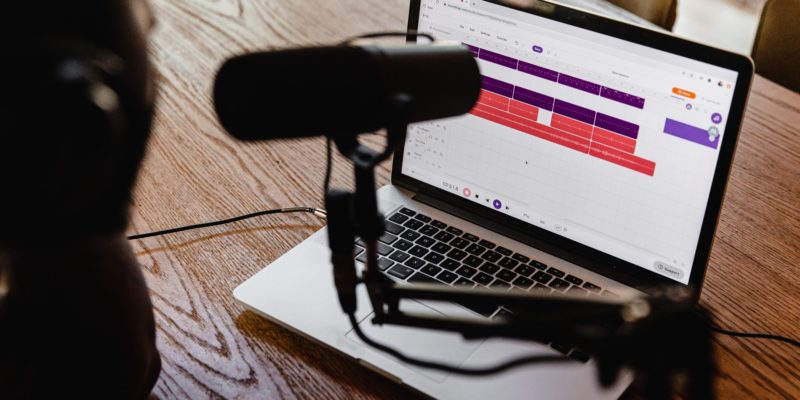Podcast revenue is not guaranteed. But with listener numbers increasing rapidly, growth in US podcast advertising spend at 45% and programmatic options developing, publishers are betting that investments in the audio format will soon pay off.
Takeaways
- There were over 80 million weekly podcast listeners in the US last year. Advertising spending in the world’s biggest podcasting market will reach $1 billion for the first time this year.
- Monetisation has not kept pace with listener growth; individual podcast listeners are worth less than $14 a head. But relatively low returns have not prevented publishers from investing in the audio format.
- And in an otherwise flat advertising market, growth in podcast advertising spend, forecast at almost 45% for 2021, is keeping them interested.
Podcasting growth
- The number of podcast listeners has grown quickly and steadily over the last few years. The total number of US listeners grew 50% last year to pass 100 million for the first time. And growth is expected to continue, with the total number of podcast listeners in the US predicted to reach more than 130 million in 2023.
- The forecasted growth in advertising spending is not as steep as listener numbers, but the market is expanding. After passing the $1 billion mark in 2021, US podcast ad spending is expected to rise to more than $1.3 billion next year according to eMarketer.
- Podcast platforms like Swedish podcast host Acast are helping publishers monetise their output. Delivering more than 300 million listens per month last year, the host works with more than 3,000 brands globally to sell ad inventory across its podcasters’ content.
- Acast’s global revenue totaled $66m last year, with a 71% increase in ad revenue between 2019 to 2020. The company recorded 40% growth in the number of new advertisers.
Challenges to monetisation
- Only the biggest players are making meaningful revenue from podcasts at the moment. The top 1% of podcasts receive 99% of downloads. “It’s very rare that someone hits the lottery and hits top 1% status,” Marshall Brown, co-founder of podcast hosting company Buzzsprout. “For most podcasters, it’s a lot more about slow gradual growth.”
- Market fragmentation driven by the development of live group-audio apps like Clubhouse, may also slow growth. Time spent on Clubhouse is time not spent on Apple Podcasts or Spotify and, if enough attention shifts from podcasts, so too will ad spend.
- A lack of standardisation in podcast advertising metrics has also made the sell more difficult than in some other digital spaces. Only 4% of podcast advertising is bought programmatically, or example.
Challenges aside, the future is likely to bring podcast creators more revenue options.
Acast CEO Ross Adams said, “Advertisers are recognising the huge opportunity represented by podcasting, and are seeing strong return on investment for podcast campaigns. They’re rapidly adopting programmatic buying, which allows for the automated and simplified purchase of podcast ad inventory.”
Ad sales at Acast Automated – the programmatic advertising arm of the business – grew 215% in 2020. The system lets advertisers buy inventory across particular shows or verticals within its portfolio of more than 20,000 podcasts.
eMarketer expects investments in audience measurement and a move from untrackable baked-in ads to dynamically inserted ads to pave the way for programmatic growth. By 2022, it says 8% of all podcast ads will be traded programmatically.









